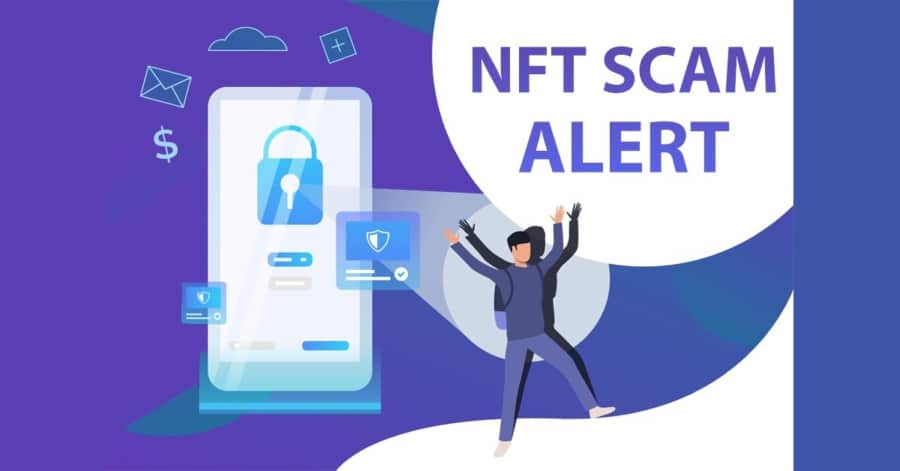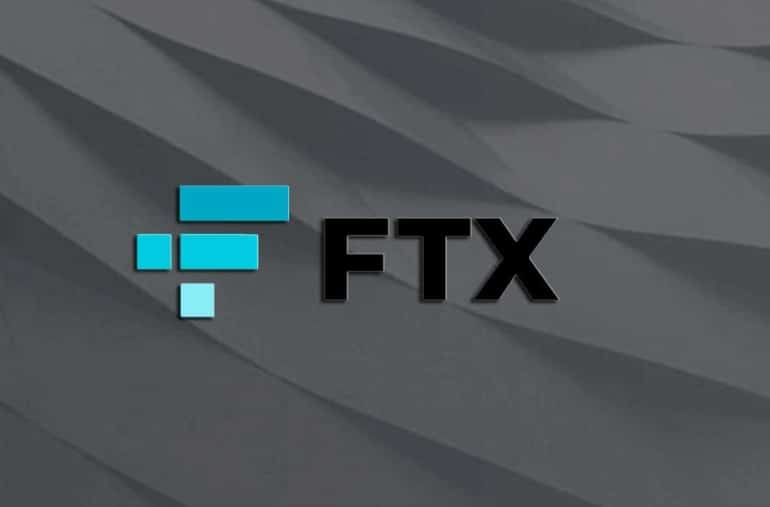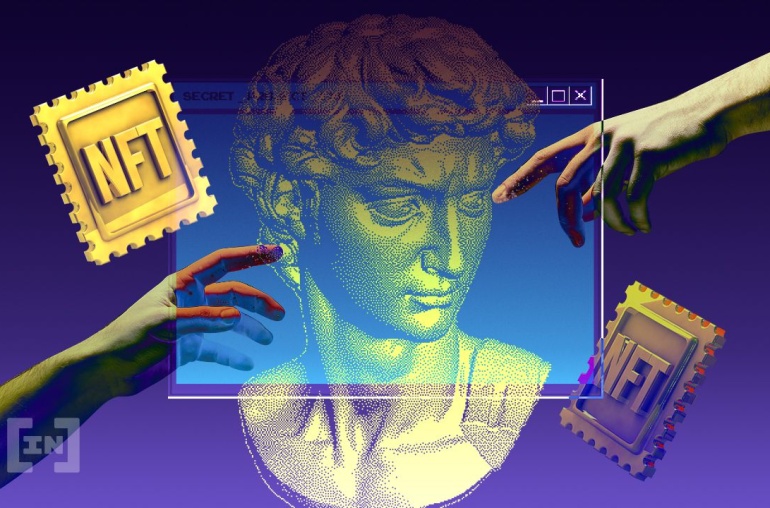NFTs are quite popular right now because they give artists and content producers an opportunity to recoup hundreds, if not millions, of thousands of dollars from the sale of their collections. NFT trades reached a staggering $17 billion in value in 2021 alone, a 21,000% increase from the previous year. Sadly, a flood of NFT scams has also been triggered by the boom.
Your NFTs could be lost or rendered useless all at once by these schemes. You might even purchase NFTs that vanish before you can profit from them.
What is an NFT?
NFTs, or non-fungible tokens, are distinct cryptographic tokens with a unique identification number and metadata that reside on a blockchain and cannot be copied.
NFTs work similarly to communications or information tokens, but they are not fungible or interchangeable like cryptocurrencies like Bitcoin or Ethereum.
What are the risks of NFTS?
NFTs have many positive aspects, but like with any other aspect of life, it would be irresponsible to ignore the NFT scams and risks involved. Continue reading for some food for thought that may make you reconsider getting one for yourself.
Digital producers are making a ton of money using non-fungible tokens. Every day, a large number of works of art are sold online. When a creator sells their NFT online, they may even make millions of dollars in a matter of seconds. Additionally, it can be shown that people are more eager to purchase, sell, and invest in the digital market than they are to do the same in the physical one.
This greatly increases the likelihood of cyberattacks and online fraud. The likelihood of harming digital assets and investors trading and purchasing NFTs on the market is significant. The NFT market has huge potential, but there are several risks that one should be aware of.
The Most Common NFT Scams
NFT scams either obtain credentials to access a person’s cryptocurrency wallet or outright defraud victims of their money. After a scam, it is unfortunately difficult to get back stolen digital wallet credentials or lost money.
Here are a some of the more typical NFT scams to be on the lookout for:
1.Malicious or Fake NFT marketplaces
You presumably conduct a product search and select from among the hundreds of stores when purchasing online. But how can you tell if a specific merchant is reliable? Most of us avoid falling for con artists by sticking with tried-and-true companies and websites.
Any NFT marketplace you encounter follows the same rules. Do your homework before using an NFT platform, always. Hackers frequently create phoney NFT trading platforms to gain access to their victims’ money.
2.Phising NFT scams
NFT Phising scams are a typical tactic used by cybercriminals to trap buyers and dealers of NFTs. Phishing typically involves an email that claims you have received a free NFT or that someone has made an offer to acquire your NFT. A link in the email may appear real but go to a phoney NFT platform instead.
3.Cybercriminals posing as customer support
Some cryptocurrency and NFT platforms have a bad reputation for their customer support. As a result, you will see people requesting assistance on public forums.
The issue with seeking assistance in public places is that it could expose you to attacks from dishonest persons. These hackers could trick you into performing something you wouldn’t normally do by pretending to be technical support personnel. For instance, they might request authorization to log in remotely to your computer and screenshot your login information in order to hijack your wallet.
4.”Rug pull: NFT scams
This is one of the most recent dangers facing NFT buyers. As the name implies, you will be taken by surprise after being lulled into a false sense of security in this scam. Rug pull NFT scams typically involve the launching of a brand-new NFT collection together with an announcement of upcoming activities, giveaways, and other significant NFT endeavours.
5.”Pump and Dump” schemes
Pump and dump schemes are typically planned by an evil organisation. In this NFT fraud, the value of a cryptocurrency or NFT is increased quickly, and the investors’ money is then stolen.
6. Other NFT Scams and Risks Malware Infections
There are more hazards to be aware of in the area of NFTs, but the NFT scams mentioned above are some of the most prevalent ones. You need to be on the lookout for malware infections. To protect yourself, we advise utilising the greatest cybersecurity technologies. Platforms for NFTs are vulnerable to malware attacks because the technology is young and can contain a number of unforeseen flaws.
7. Social engineering Attacks
Attacks using social engineering generally rely on data collection. Scammers find out everything about you, including your habits, interests, and other data. They will attempt to gain your trust before asking you to do something that you wouldn’t ordinarily do after having this knowledge.
8. Fake NFTs
One of the most obvious drawbacks of NFTs, especially NFT artworks, is that they are simple to copy. Selling counterfeit goods is not a novel strategy employed by dishonest people. Since a long time ago, counterfeit designer apparel, accessories, concert tickets, and other items have been sold by criminals.
How to Stay Safe When Buying or Selling NFTs
NFTs are similar to other digital assets in terms of safety tips. The following tips will help you protect your NFTs and crypto assets.
1.Set up your cryptocurrency wallet on a reputable platform
Create your cryptocurrency wallet on a trusted and well-known site. Additionally, make sure the wallet works with the NFT platform you intend to utilise. In order to choose a platform that appeals to you, we advise doing some research.
2.Enable the security settings on your new crypto wallet
A trustworthy crypto wallet will have security measures in place to safeguard your money. These options aren’t always turned on by default, though. Some wallets provide two-factor authentication and phishing attack defense.
3.Properly research potential NFT investments
Do your research prior to investing in any NFT. Learn as much as you need to discover the NFT collection’s creators’ motivations and backgrounds. Examine the NFT developers’ transaction history as well.
4.Protect your wallet with a unique, secure password and 2FA
When you create a cryptocurrency wallet, you are given a public and private key automatically. But you still need to give your wallet a password. Every account should have a different, safe password.
5.Protect your devices with cybersecurity software.
It is impossible to emphasise the value of employing robust cybersecurity software. While online browsing, it is simple to come across malware, spyware, and other harmful software. Therefore, it is crucial to protect your sensitive information at all times.
6.Hide your private keys or seed phrases
Your wallet’s public key is necessary for sending and receiving cryptocurrency. Your private key should never be shared, even though your public key can be seen in blockchain transactions. The secret to all of your digital possessions, your private key enables you to trade or demonstrate ownership of them.
***





